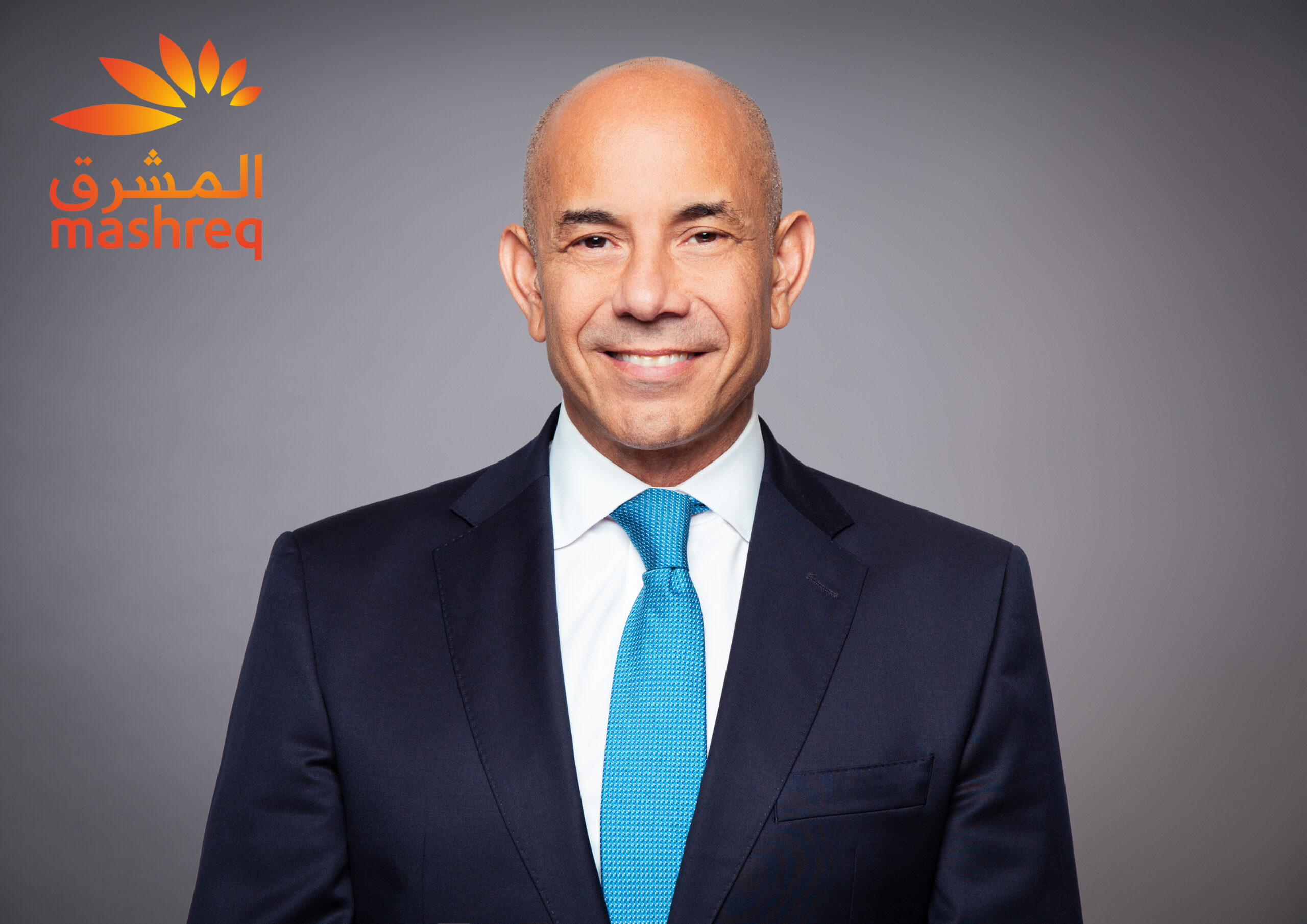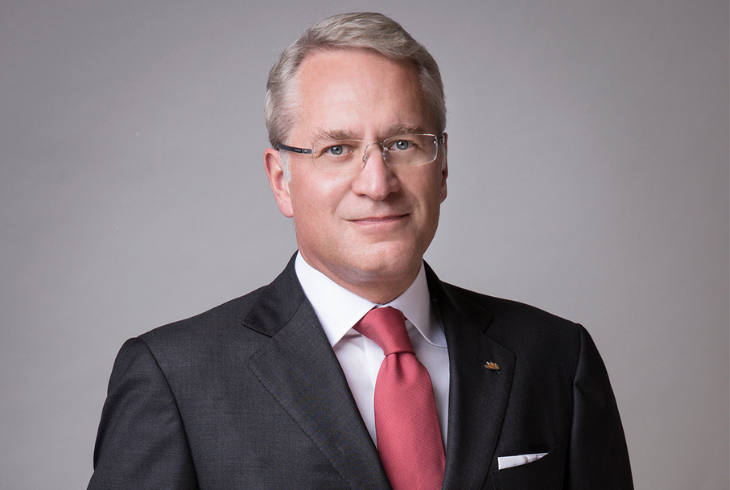 |
In late November, the European Central Bank launched a consultation period for draft guidance on leveraged transactions in Europe. This will run until January 27 and any guidelines on maximum leverage levels will subsequently be determined. The central bank says that while leveraged lending has picked up in Europe since 2009, there are big differences between banks’ approaches to defining, measuring and monitoring leveraged transactions.
When leveraged lending guidelines were introduced in the US in 2013, they caused turmoil in the market. The US Federal Reserve, the Federal Deposit Insurance Corporation and the Office of the Comptroller of the Currency drew up guidelines to warn against total debt-to-ebitda in excess of six times, overly optimistic cash flow projections used when modelling loan performance and large percentage ebitda adjustments. Angered banks warned of the consequences of limiting their ability to lend and therefore pushing higher risk loans into the unregulated sector. While this has happened – with sometimes unfortunate consequences – the banks have fallen in line and stuck to the leverage levels stipulated.
The ECB’s move now serves to level the playing field between the US and European markets, although global banks will generally already be operating within the US rules, so changes in Europe will be felt at the margin.
Red flag
Why now? That red flag of lending over-exuberance, the Payment In Kind (PIK) note, has re-emerged in the region, with Ardagh Glass and Schaeffler printing €4 billion of such bonds on the same day in September. But when French glass packaging maker Verallia attempted a €500 million pay-if-you-can (PIYC) bond in October, which would have pushed leverage at the firm to over 6.5 times, the market pushed back. Sponsor Apollo withdrew the deal, which was left-led by Credit Suisse.
If the guidelines are issued as expected, the impact on the market will likely be more muted than it was in the US, but banks could still lose market share. According to Thomson Reuters, between the introduction of the guidelines in 2013 and 2015 the top three banks in US leveraged loan underwriting saw their market share shrink from 33% to 28%. According to Dealogic, Bank of America Merrill Lynch topped the US leveraged loan bookrunner rankings in mid-December with a 13.3% market share. It is followed by JPMorgan with 12.2% and Wells Fargo at 9.8%.
In Europe, JPMorgan tops the leveraged lending rankings with a 9.7% market share, followed by UniCredit with 9.4% and HSBC 8.6%.



